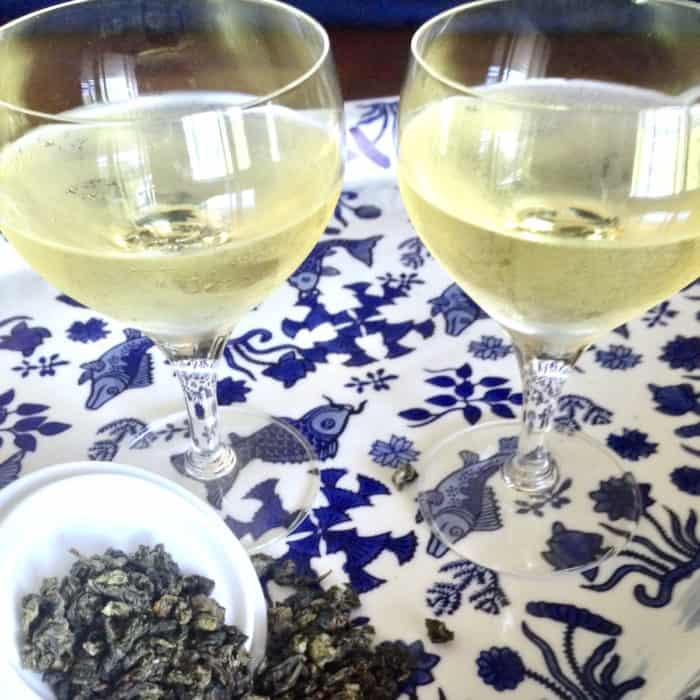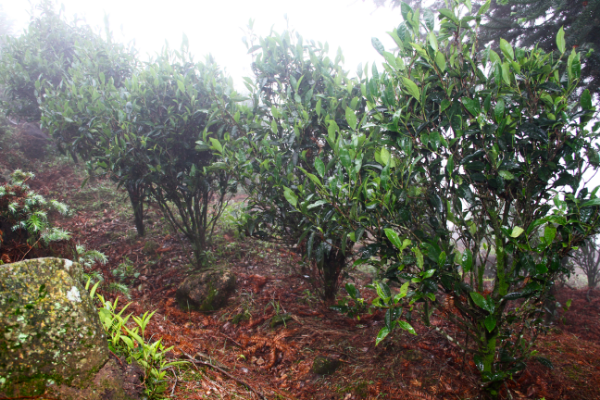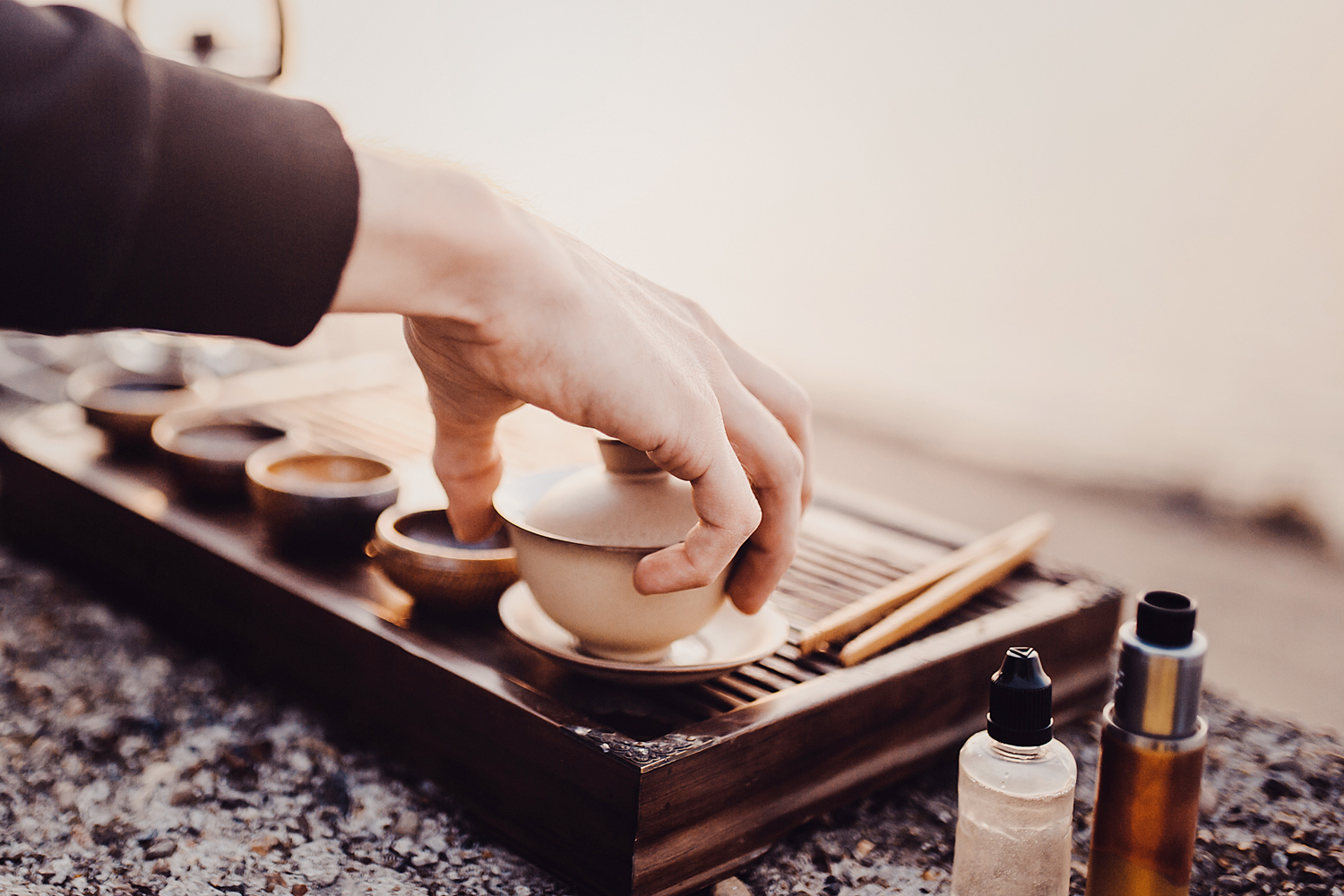Which kind of Phoenix Dancong tea is more suitable for making cold brewed tea? What are the characteristics of cold brewed oolong tea and black tea?
Summer is finally here! Although I personally like hot, sometimes it may be too much, I began to crave cold drinks. Come in, make tea cold! Cold brewing is a new method of making tea, which is different from the traditional hot brewing, it also has a lot of scientific basis. In addition, cold brewing is also more convenient and faster than hot brewing, because the fast-paced life of urbanites is becoming more and more popular. Cold brewing tea and hot brewing tea can better preserve the beneficial elements such as polyphenols and flavonoids in tea by using lower water temperature and longer soaking time. It can also effectively prevent the release of tannic acid into the wine, so that the tea is less astringent or bitter. In addition, it reduces the amount of caffeine, so it is a good choice for cool drinks even at night. What is more interesting about cold brewed tea is that because our body temperature is higher than cold brewed tea, when liquor enters our mouth and reaches our taste, we can feel more aroma and taste more sweetness, especially some black tea and oolong tea. Cold brewed tea is more likely to be sweet than astringent, because the amino acids in the tea produce sweetness and are more likely to dissolve in cold water first, while tannins produce astringent taste and are less likely to dissolve in cold water. No wonder everyone likes to make good herbal tea! The health benefits of cold drinks the tea produced by tea trees has more than 700 beneficial characteristics and has high nutritional value. However, after brewing with boiling water, many nutrients are likely to be destroyed. Cold brewed tea is both delicious and nutritious. A special element called catechin, a natural phenol and antioxidant, has been shown to contain more in cold drinks than in hot drinks. In short, most of the chemical components in tea increase with time during cold soaking and reach their maximum value two hours later. Studies have also shown that, with the exception of caffeine, most properties reach higher levels in cold brewing than in hot brewing. Not every kind of tea is suitable for cold brewing. When selecting subjects, we still need to keep some general guidelines in mind. Generally speaking, people like green tea, light oxidized oolong tea (such as Alishan milk white oolong tea, Phoenix Dancong duck shit, Phoenix Dancong Milan fragrance, Baozhong, etc.) and white tea (silver needle, white peony, Han Lu, Shoumei, etc.). It is also generally believed that freshly harvested tea is better than old tea. Highly oxidized teas such as some black teas, Tieguanyin and Pu'er teas are considered bad choices because they are more likely to become bitter and tasteless. This is not to say, however, that one cannot enjoy experiments outside the guidelines. Recently, we have tried Taiwan medium and high oxidation oolong tea Dongding, as well as Taiwan high oxidation oolong tea honey oolong tea, which tastes refreshing. The only difference is that winter beer does not produce dryness in the taste, while honey oolong tea has a unique flavor, but has a slight dryness. We also tried our Golden Lily Black Tea and Phoenix Dancong Black Tea, which turned out to be malt and sweet fruit. Although we are encouraged to try, we will not recommend aged white tea because it goes against the purpose of aging.

The most important guideline to keep in mind for cold tea is that the ratio of tea to water is 1:50, that is, for every gram of tea, we use 50ml water, which you can adjust to your personal taste preferences. This step is optional. You can put the tea directly into a glass or teapot with a filter, or you can put the tea into the tea bag first. Mineral water is also recommended, but general water is also available. It is best to soak in a flat-bottomed pot or glass teapot / can. The time to brew tea is between 1-3 hours, but some green teas only take 30-40 minutes. The finished tea can be put in the refrigerator, but not for more than 24 hours. After the tea is taken out of the refrigerator, it should be finished within 2 hours.
Important Notice :
前街咖啡 FrontStreet Coffee has moved to new addredd:
FrontStreet Coffee Address: 315,Donghua East Road,GuangZhou
Tel:020 38364473
- Prev

Magnolia fragrance single fir Oolong tea production process sharing Magnolia fragrance single fir belongs to what kind of tea tree?
Hello, fans of Phoenix Dancong, if you open this article, you have opened my eyes! Because it means that you are curious about this complex oolong tea and you want to know more. I have noticed that many tea drinkers have a rough understanding of the production of oolong tea, but they do not seem to know each in detail.
- Next

What kind of tea is Kungfu Tea in Chaoshan? What kind of tea do you usually use? How does Phoenix single fir brew with a lid bowl?
What is kung fu tea? To put it simply, Kungfu Tea is a traditional brewing method unique to Chinese tea culture. Like its name, to brew kung fu tea requires "kung fu", in other words, skill; just like ancient martial arts, it requires a state of mind. Chicken Bay is more commonly used than pottery pots. It originated.
Related
- What effect does Italian American coffee with filter paper have? Will coffee taste better if it is put on filter paper at the bottom of the powder bowl?
- What is the color difference in coffee beans? What are the characteristics of honey processed coffee beans? Why are the anaerobically treated coffee beans uneven in color?
- How does novice Xiaobai quickly get started and make coffee? Newbies learn to make coffee by hand and share the specific steps and process process!
- Costa tea has a shelf life of 100 years?! Expert: Unable to verify
- It's a huge uproar! American milk addition was rejected by Manner employees?!
- Mocha pot coffee bean recommendations| How fine and how much powder should be used for grinding? What parameter ratios do I need to use to make milk with Mocha pot coffee?
- What are the characteristics of the world's top ten coffee beans treated with Costa Rica honey? How to make black honey kadura from Tarazhu Pilon Processing Plant taste good?
- How to make deep-roasted coffee? What grinding water temperature does authentic Jamaica Blue Mountain No. 1 coffee use to brew it well?
- Selected high-grade rose summer coffee flavor tasting guide Why Panama rose summer has the aroma of flowers and fruits
- What equipment does a novice Xiaobai need to buy to learn to make coffee? Filter cup electronic scale bean grinder manual flushing pot purchase guide

